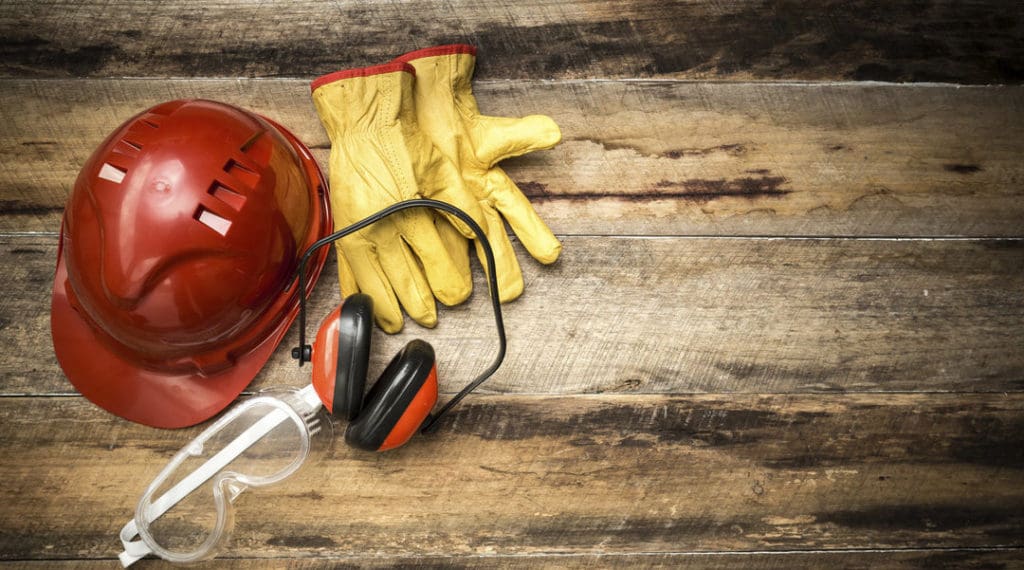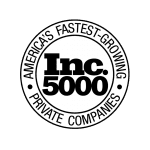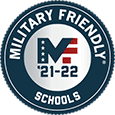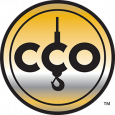COVID-19 spares no one, no country and no workplace. If your place of business is open during the pandemic, OSHA COVID-19 workspace guidance could help you in preparing your workplace. Learn about COVID-19, how to limit your risk of exposure to the virus and how to protect workers.
What is COVID-19?
Coronavirus Disease 2019 is a respiratory virus that began in China and has rapidly spread throughout the world. Caused by the SARS-CoV-2 virus, its symptoms range from mild to severe and sometimes fatal—especially to the elderly and anyone with underlying medical conditions. Symptoms include fever, cough and shortness of breath; the latter is the most concerning. Not everyone infected by COVID-19 has the symptoms, but even asymptomatic people can spread the virus. Here are ways medical professionals think this infectious disease is spread:
- Between people who are within six feet of each other (if one or more is infected)
- Through respiratory droplets produced when an infected person coughs or sneezes and then touching your mouth, nose or eyes
- Symptomatic people are thought to be most contagious but can unknowingly spread the disease before symptoms present

How COVID-19 affects the workplace
All it takes is one infected person to spread the virus to another. It can spread exponentially, as we have seen, from there. The workplace is usually close quarters and if an outbreak occurs, it can experience:
- Mass absenteeism. Even if an employee hasn’t tested positive for the virus, he or she may have to take care of a sick or immunocompromised family member or children who are home because schools and day care facilities are closed.
- Consumer changes. People may not shop as they used to or may be under a “stay-at-home” order. The way we shop may change as well, with home delivery service and drive-through services being more commonplace.
- Empty shelves and interrupted delivery. Areas severely impacted by COVID-19 may be experiencing limited supplies of products or delayed delivery services.
Employers’ steps to reduce workers’ risks
One of the first things employers can do is pay attention to recommendations from federal, state and local health agencies. Another important step is to implement an infectious disease preparedness and response plan that considers the level(s) of risk associated with worksites and jobs the workers perform. Consider:
- Where, how and to what sources of SARS-CoV-2 workers might be exposed, including the general public, customers, coworkers, sick people or those more susceptible to infection and healthcare workers.
- Risk factors at home and in the community
- Individual risks, including age, pregnancy, underlying conditions and compromised immune systems
- Controls needed to assess and address the risks

Basic infection prevention measures in the workplace
Ensuring good hygiene and practicing infection control can help. Those measures include:
- Encouraging frequent handwashing with soap and warm water or, as a second choice, an alcohol-based hand sanitizer
- Requesting that sick workers stay home
- Providing customers and workers with tissues and trash cans
- Considering flexible work options, such as working from home
- Understanding workers’ concerns about pay, leave, safety, health and other issues
- Discouraging the sharing of phones, desks, offices, tools and equipment
- Maintaining and enforcing good workplace housekeeping practices
- Identifying and isolating sick people promptly to avoid the spread of the virus
Mandatory safety and health controls
Occupational safety and health professionals employ the “hierarchy of controls” to help control hazards in the workplace. During a pandemic outbreak, such as with COVID-19, it isn’t possible to eliminate the hazard, but you can implement a system of protective measures, including:
- Engineering controls that reduce exposure (high-efficiency air filters, increased ventilation rates, clear plastic sneeze guard barriers, drive-through windows for customer service, etc.)
- Administrative controls that at least temporarily change normal business procedure, such as encouraging sick employees to stay home, offering job sharing and/or work-from-home options, discontinuing non-essential business travel
- Safe work practices that encourage good hygiene
- Personal protective equipment (PPE), such as gloves, goggles, masks and respiratory protection when appropriate, properly fitted and based on the hazard to the worker
During the uncertain times of a pandemic, keeping a healthy workplace may help reduce risk to yourself and your workforce. If your small business needs recommendations—especially if yours is a high-hazard worksite—you can contact your OSHA regional office for additional help.
Are you interested in a career in the heavy equipment industry? Heavy Equipment Colleges of America offers training programs that can have you operating equipment in just three weeks.




